Part 2. A little bit more about us and what we do
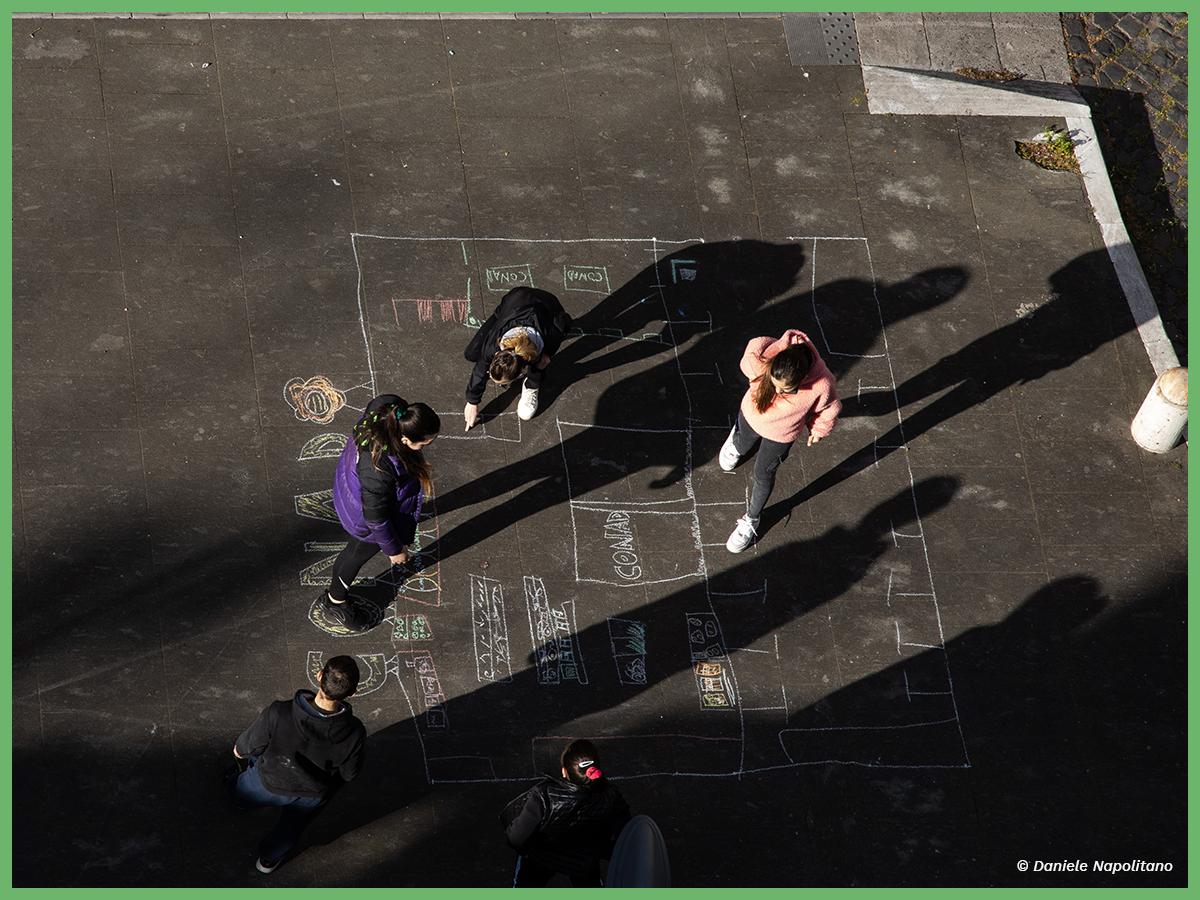
How does the project “Doposcuola Quarticciolo” organize itself? What do we do? How?
As “Doposcuola Quarticciolo” we are an informal group of young university students; each with a unique background and all under 30 years old. Some of us live in the neighbourhood, but the majority comes from other parts of the city of Rome. Some are practitioners in the creative field, such as photography and video making, others are teachers, and some are university students with a “simple” passion for, and an interest in education and social justice.
We meet twice a week: on Wednesdays, we develop activities, especially homework support for high school students; on Saturdays, we meet primary and low-secondary students. On this occasion, we divide the three-hour initiative into different steps: first some physical exercise and games, followed by thematic creative workshops, and finally homework support. We think it is useful for children to bring their attention to different activities and explore diverse ways of learning and being together.
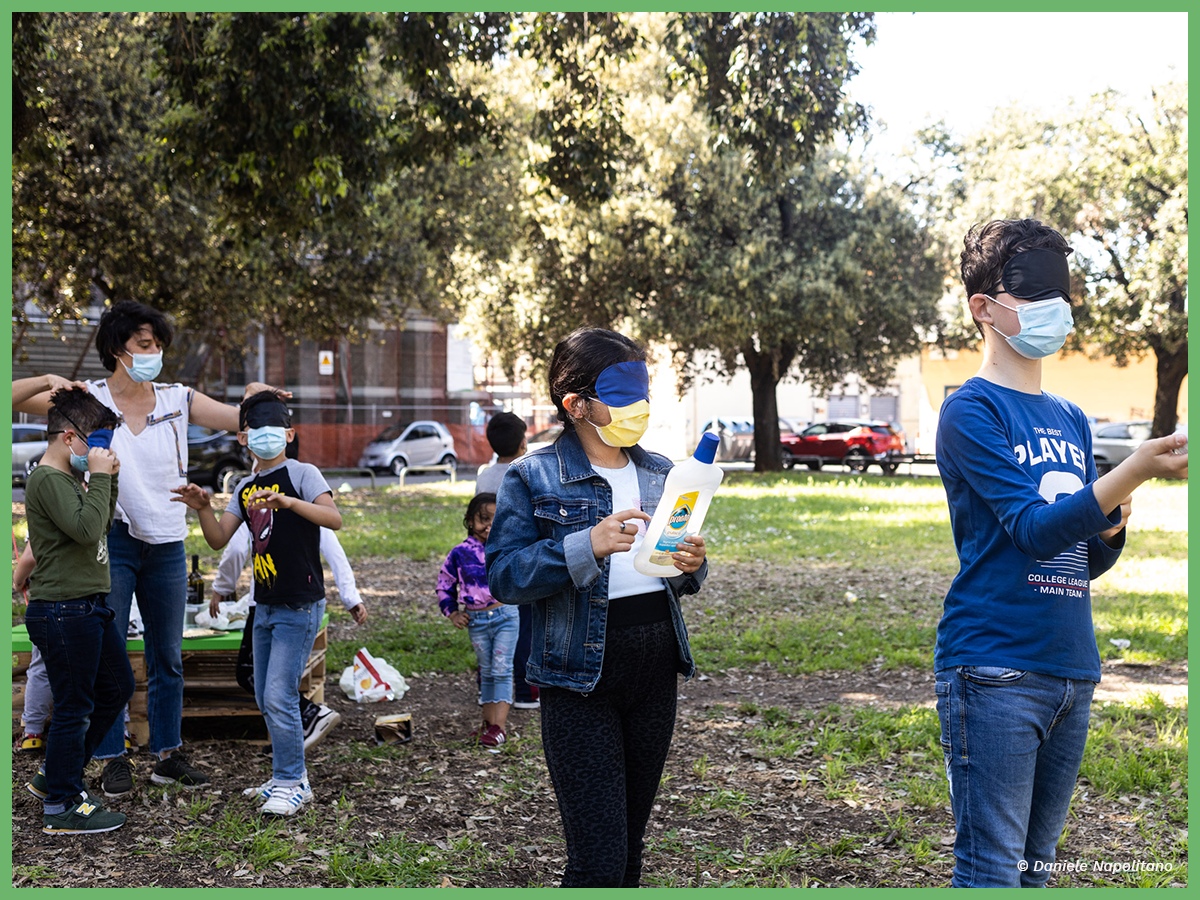
First things first: getting to know each other.
Once the children arrive we usually gather in a circle in order to get to know each other (if someone new has joined), while we explain what we will be doing during the day.
Then we make time for some physical exercise/activity.
It is known that exercising and being in contact with one’s own physical sensations enhances focus and concentration. Also, physical activity is a way for children to play in an unstructured way, clearing their thoughts from other things and liberating accumulated energy.
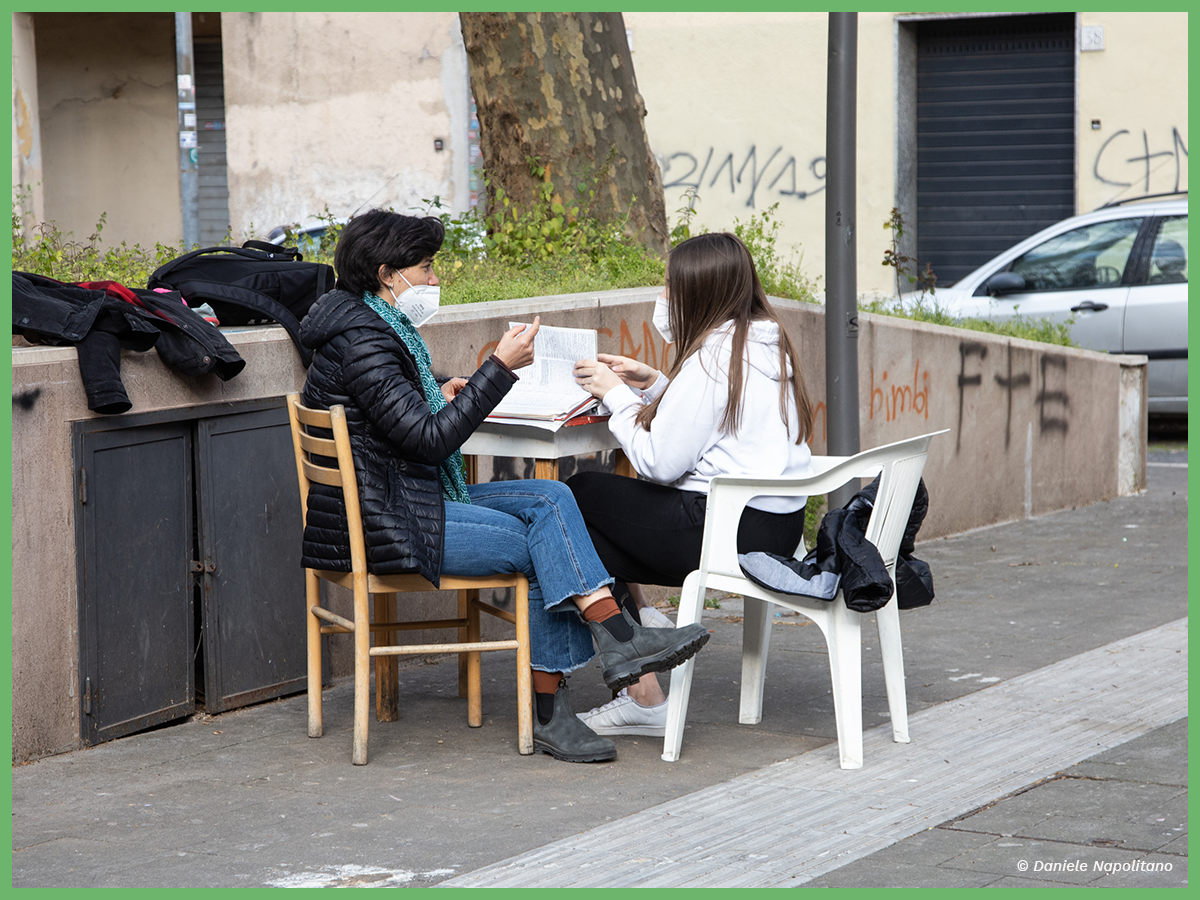
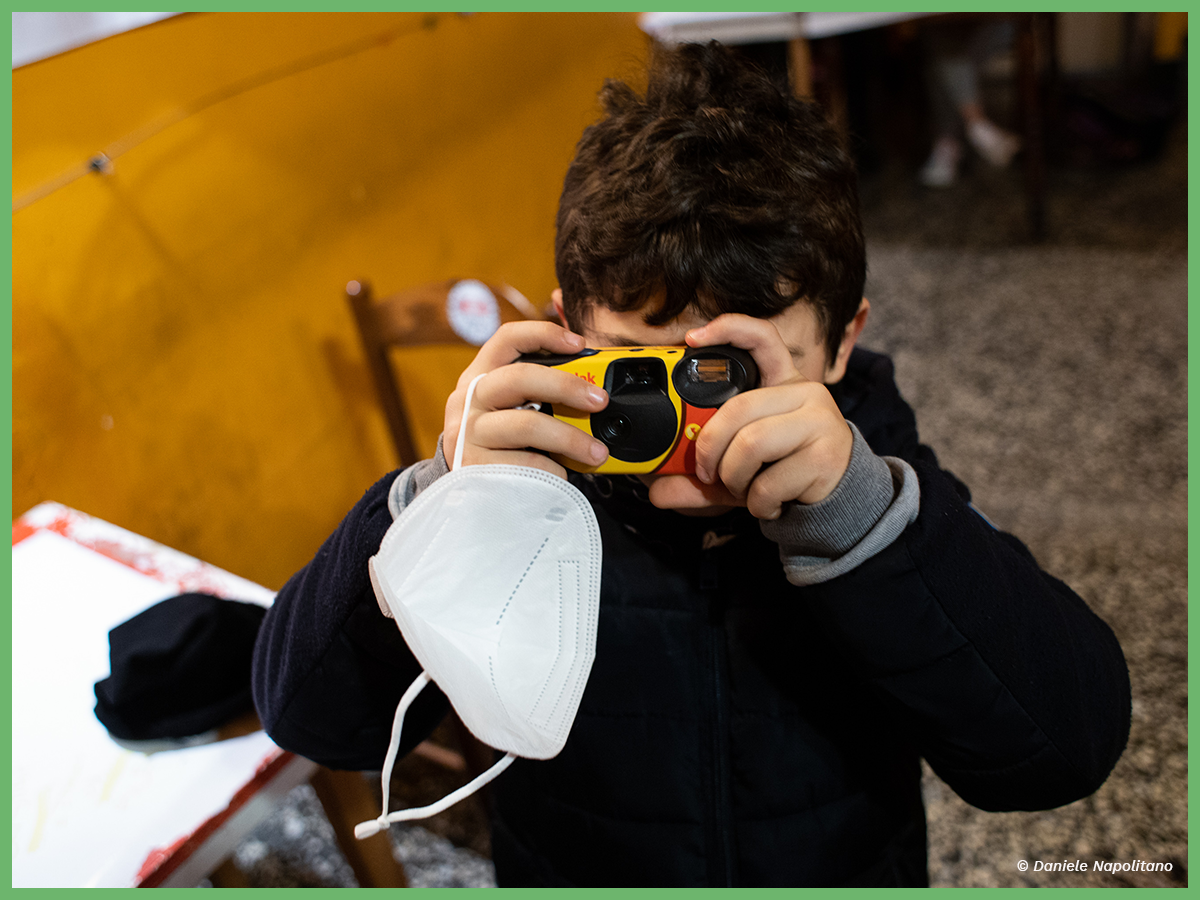
The second hour is generally dedicated to the development of a specific workshop.
What this will be is decided amongst us in an online meeting in the middle of the week. An important point to mention: every decision is democratically decided between us. In addition, we usually come up with activity from our personal experiences, background or readings, in a form of “auto-training” where we study, suggest and define activities we would like to bring to the project. These activities resonate with the principles and values we’d like to transmit and that we think are most important to develop in this specific context (for example enhancing group cohesion, knowledge and respect of oneself and one another, or environmental awareness).
- During the last months, we embarked on a journey through which children had to illustrate the “neighbourhood of their dreams” through photographs, pictures and imagination; we asked them to identify the locations of the neighbourhood they spent the most time in, those which they liked and disliked, and finally to imagine what they would like to see changed in those places based on what was missing.
- We also had a recycling workshop/competition where, divided into groups and without looking, children had to identify the material they had in their hands. Then they had to guess in which bin to throw it (whether plastic, non-recycling, paper or glass). This was followed by a collective brainstorming: why should we care where we throw our garbage? Who recycles at home? Which is the material we use the most?
- Another fun and interesting lab was the harvesting of seeds in order to stimulate knowledge and caring of the environment. The steps of this lab were: looking for and picking up seeds, planting them in small cups, and waiting for trees to grow. This activity stimulates senses, helps the relationship between children and the environment, raises awareness of natural cycles, and like all other group activities, stimulates cohesion and cooperation between them.
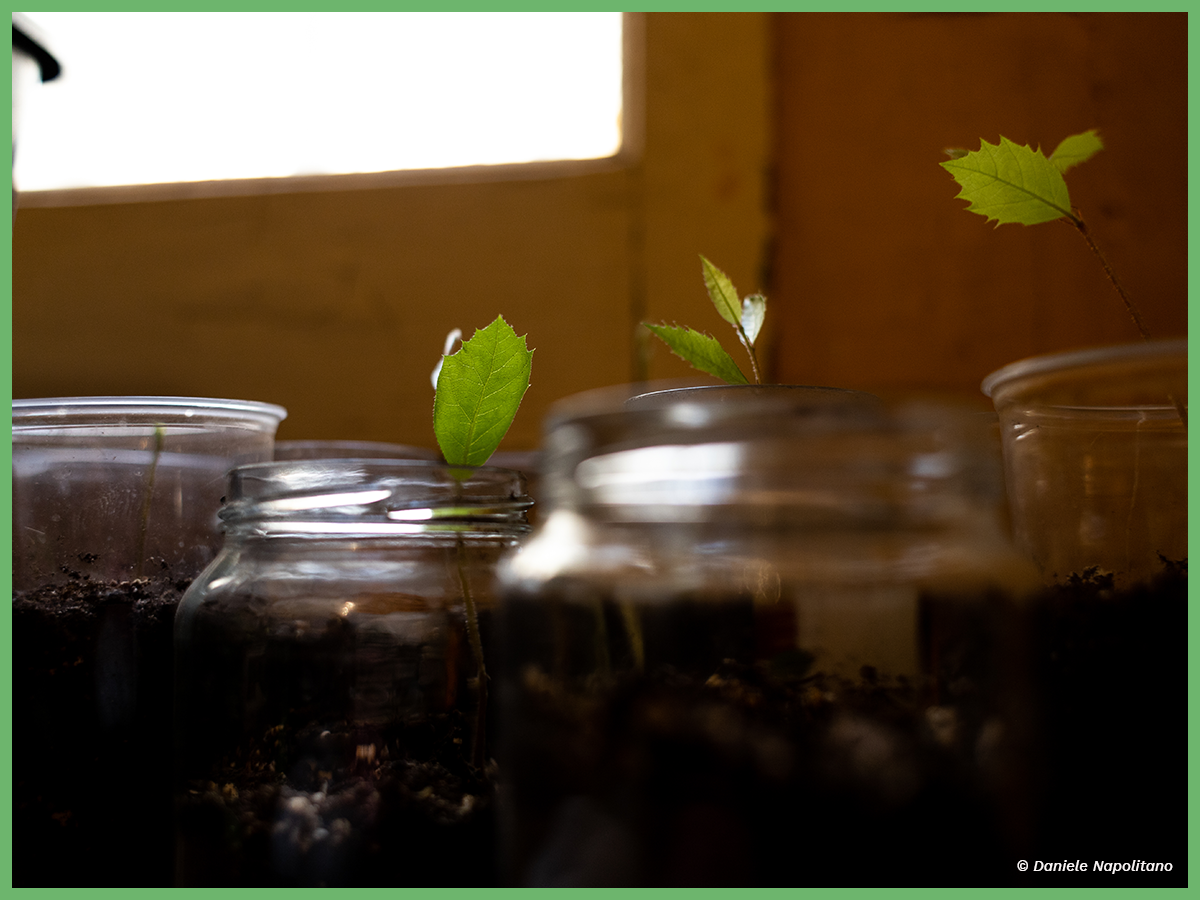
After the workshop moment, there is a snack break.
From eating chips and cakes we have moved to fruits and healthy food (also strangely enough very much appreciated, strawberries especially!)
Finally, we delve into doing homework – probably one of the most difficult tasks since as you can imagine this is the part many children enjoy less.
However, through explanations and drawing similarities with their daily lives, we manage to sustain their attention and interest. Between mathematical operations, grammar and language exercises, we immerse ourselves into the discussion and learn the basics together again. Finishing up sentences, pointing out the correct answer, understanding mistakes… We end the activity with a lot of tiredness but also laughter. If some of them lose focus, never mind: let’s have a walk, take some air, and come back. After months of working together, we created a sound and friendly relation to the point that many are happy we help them with the “boring stuff” and to be finally free at home.
At last, some parents come and pick the children up, others go home walking since they live across the street.
Finally, tired from the intense energetic afternoon, it’s our turn to clean up, relax and reflect upon the day, sharing what we think has worked and what has not, and preparing for the next upcoming week….!
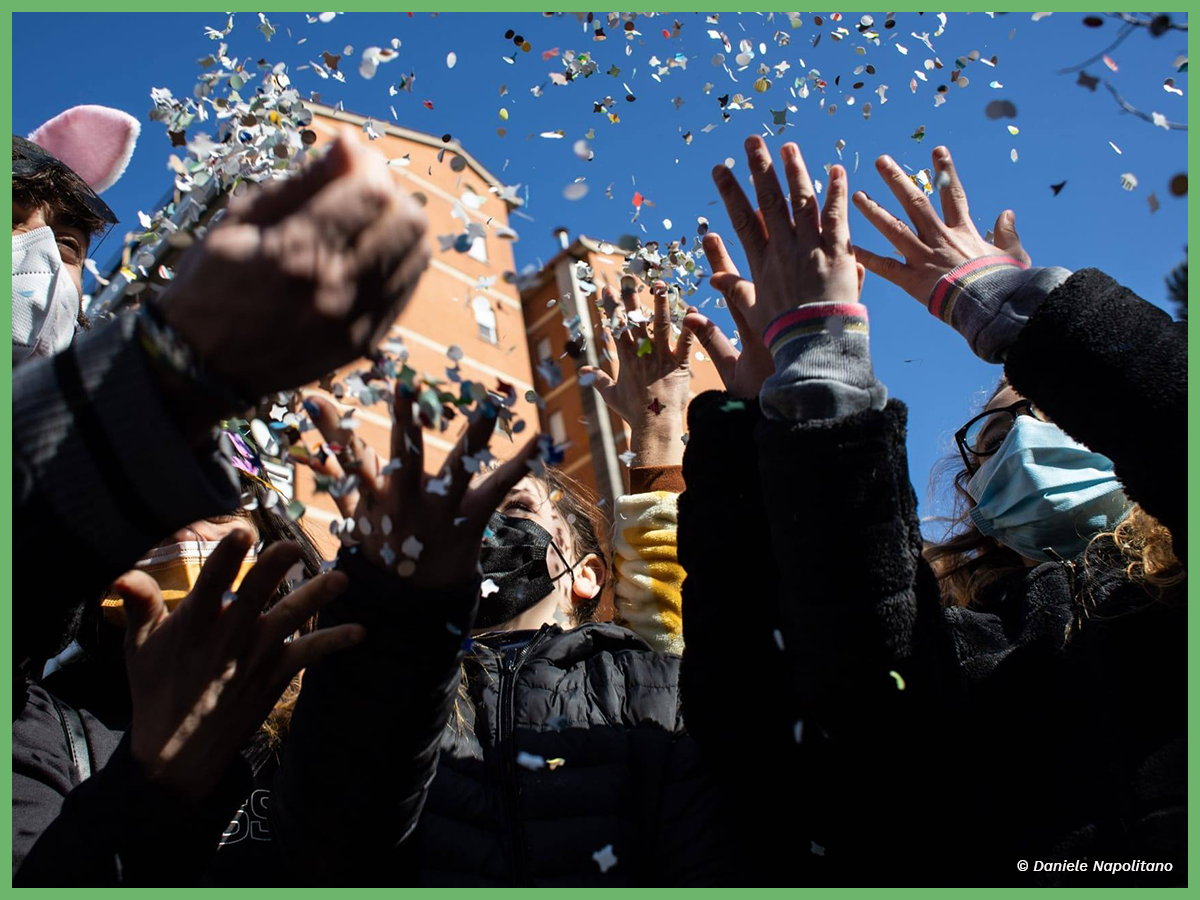
The project runs every week in the neighbourhood’s available spaces: indoors during the winter, in a recently regenerated park in summer times. Occasionally, we also bring the children out of the neighbourhood to explore other areas of the city, which is extremely important for them as they do not have the possibility to do so very often. We bring them to pacific protests about educational reforms in the city centre, or interesting child-friendly initiatives. For example, one of these was the participation in a carnival event in a nearby neighbourhood. They created their own face-masks, dressed up, and played for a whole day with other kids… “It was one of my favourite days”, was the comment once we brought them back home…
Laura

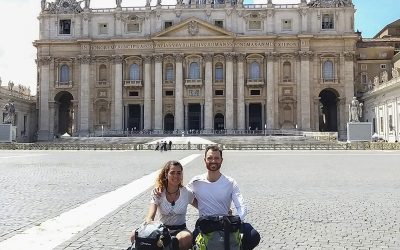
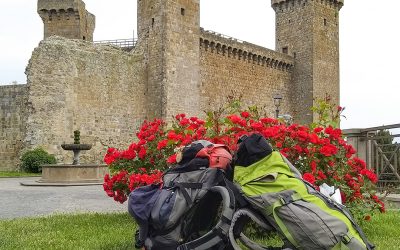
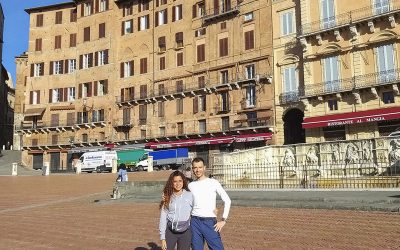
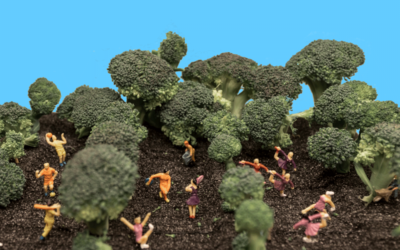
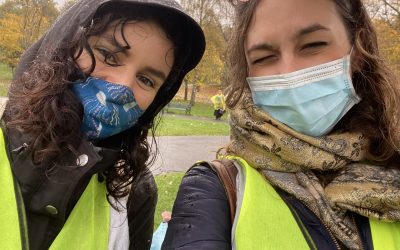
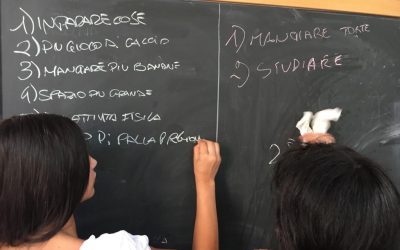
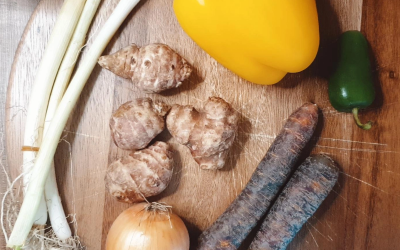
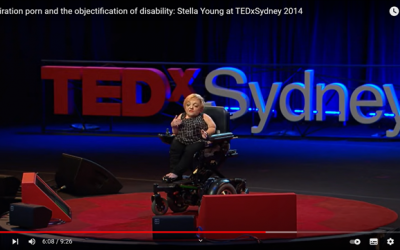

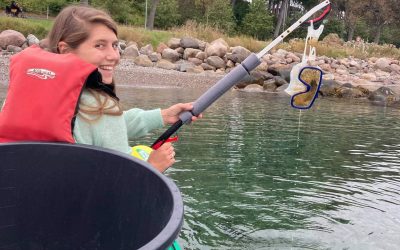

0 Comments